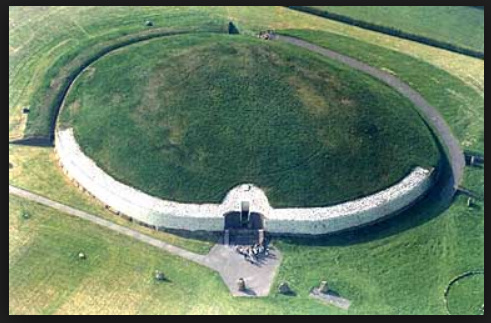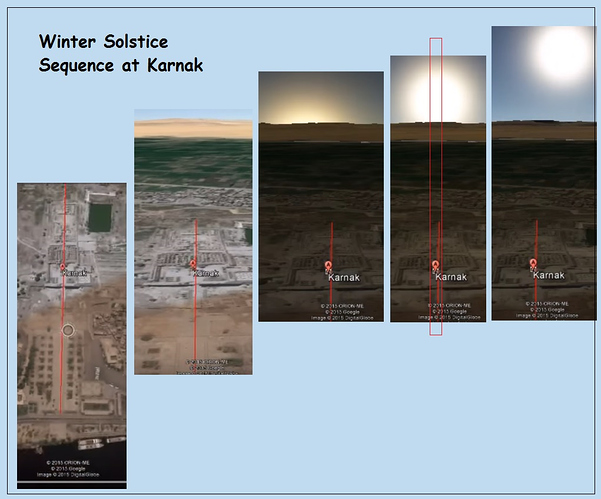I want to be compassionate here. But I believe you have fallen into the “mental trap” of equating Roman practices with the general notion of “pagan practices”. Jonathan Burke does a nice job of pointing out the lacunae and ambiguities in the Roman calendar of holidays and references made to them. So Roman influence seems to be too messy to diagnose very well.
But you use the very broad brush when you say that the church did not co-opt December 25 from Pagan rituals in general!
There are specific reasons for why your original sentence is flawed, but a revision the specifically only excluded the Roman celebrations would enjoy special reasons for why “excluding” Pagan Rites generally from your “exclusion” would be warranted:
Reasons
1] The primary evidence for the exact dates of Solus-centered festivities is ambiguous (the Roman holiday may not have been celebrated in that part of December, or in December at all).
2] Early Christian interest in the Winter Solstice (by convention, sometimes just referred to as December 25), began long before Imperial Rome began to upgrade its interest in Solus-centered festivities.
3] Convergent evidence suggests that the “chicken-and-egg” problem of who first started making the Winter Solstice important can be resolved in favor of Pagan practices. One strand of that evidence is that the cultural context of the Winter Solstice is a credible source of inspiration for wanting Jesus to be conceived at a time in the calendar that would tie his birth to the time of the Winter Solstice - - despite the ample Biblical evidence that Jesus would not have been born in the Winter (shepherds do not sleep out in the open in December).
^^^^^^^^^^^^^^^^^^^^^^^^^^^^^^^^^^^^^^^^^^^^^^^^^^^^^^^^^^^^^^^^^^^^^^^^^^^^^^^
We even find the interest in this December interlude demonstrated in the architecture
of prehistoric Newgrange:
“Newgrange (Irish: Sí an Bhrú[1] or Brú na Bóinne) is a prehistoric monument in County Meath, Ireland, located 8 kilometres (5.0 mi) west of Drogheda on the north side of the River Boyne. It was built during the Neolithic period, around 3200 BC, making it older than Stonehenge and the Egyptian pyramids.”
.
.

So, long before the Egyptian pyramids, this massive and appealing structure, was built with the most singular of purposes, to capture the days of the Winter Solstice (not just a single day)!
“Once a year, at the Winter Solstice, the rising sun shines directly along the long passage, illuminating the inner chamber and revealing the carvings inside, notably the triple spiral on the front wall of the chamber. This illumination lasts for approximately 17 minutes.”
“… The sunlight enters the passage through a specially contrived opening, known as a roofbox, directly above the main entrance. Although solar alignments are not uncommon among passage graves, Newgrange is one of few to contain the additional roofbox feature. (Cairn G at Carrowkeel Megalithic Cemetery is another, and it has been suggested that one can be found at Bryn Celli Ddu.”
“The alignment is such that although the roofbox is above the passage entrance, the light hits the floor of the inner chamber. Today the first light enters about four minutes after sunrise, but calculations based on the precession of the Earth show that 5,000 years ago, first light would have entered exactly at sunrise.[citation needed] The solar alignment at Newgrange is very precise compared to similar phenomena at other passage graves such as Dowth or Maes Howe in the Orkney Islands, off the coast of Scotland.”
.
.
.
.
The solstice was economically important, like any calendar-driven event would be. But there were religious ideas attached to the Sun’s movement in December as well (from the Wiki article on the Winter Solstice):
EARLY BRITISH CONTEXT: “Because the event was seen as the reversal of the Sun’s ebbing presence in the sky, concepts of the birth or rebirth of sun gods have been common and, in cultures which used cyclic calendars based on the winter solstice, the “year as reborn” was celebrated with reference to life-death-rebirth deities or “new beginnings” such as Hogmanay’s redding, a New Year cleaning tradition. Also “reversal” is yet another frequent theme, as in Saturnalia’s slave and master reversals.”
SHABA (PRE-YALDA): “In Zoroastrian tradition the longest and darkest night of the year was a particularly inauspicious day, and the practices of what is now known as “Shab-e Chelleh/Yalda” were originally customs intended to protect people from evil (see dews) during that long night,[rs 7] at which time the evil forces of Ahriman were imagined to be at their peak. People were advised to stay awake most of the night, lest misfortune should befall them, and people would then gather in the safety of groups of friends and relatives, share the last remaining fruits from the summer, and find ways to pass the long night together in good company.”
YULE: “Scandinavians still call Yule “Jul”. In English, the word “Yule” is often used in combination with the season “yuletide” [6] a usage first recorded in 900. It is believed that the celebration of this day was a worship of these peculiar days, interpreted as the reawakening of nature. The Yule (Jul) particular god was Jólner, which is one of Odin’s many names.”
JULBLOT: “The concept of Yule occurs in a tribute poem to Harold Hårfager from about AD 900, where someone said “drinking Jul”. Julblot is the most solemn sacrifice feast. At the “julblotet”, sacrifices were given to the gods to earn blessing on the forthcoming germinating crops. Julblotet was eventually integrated into the Christian Christmas. As a remainder from this Viking era, the Midsummer is still important in Scandinavia, and hence vividly celebrated.”
.
.
.
.
.
Some of this post comes right out of the big thread on the topic:
.
.
Below is some background on the terminology:
December 25 may be only one day, but the Winter Solstice embraced several days.
^^^^^^^^^^^^^^^^^^^^^^^^^^^^^^^^^^^^^^^^^^^^^^^^^^^^^^^^^^^
What is being described is not so much the Sun’s movement, but the progression of the Sunrise, emerging from southernmost point of the Eastern horizon, during the last 364 sunrises (or, more properly, during the last half of the year) when the Sunrise (not the Sun) was incrementally heading south from its most northerly point of the horizon, attained at the time of the Summer Solstice.
[[Technically speaking, the literal “moment” the sunrise appears at its most northerly point changes every year, because this moment is tied to the coincidental position of the Earth’s continents beneath the gaze of the sun. Year to year, over centuries, this exact moment falls on a city that is sometimes closer than average to any of the other likely cities waiting for the Solstice – and sometimes more distant than average. I do not know how long it would take for the exact moment of the Solstice for any given city to return, again, to that specific city.]]
By modern astronomers’ reckoning (with all the appropriate leap year calculations and so forth) this day is usually December 22. December 23 the sun actually rises just a little bit north of where it rose the day before - - on its new northern leg of its sunrises - - until it reaches the northernmost point at the Summer Solstice.
But because this initial northward movement of the Sunrise’s location on the horizon is very tiny, many ancient schools of astronomy treat it as essentially the same as the day before, and the same as the next day. Some ancient astronomers characterized the Winter Solstice as a “three day” rather than as a “one day” event.
As the literal meaning of “solstice” implies [Sun-Standing], this behavior represents 3 days of the sun “standing” at the same spot on the horizon (or the appearance of it), working its way northward again after its 6 month effort to reach the southern-most point on the horizon at sunrise. It is likely that this so-called “3 day pause” is the source of the ANE cultural expectation that a person’s soul or spirit lingers at or near the corpse for 3 days before heading to sheol or the afterlife.
A typical globe map of the Earth (and the better sundials) include a drawing called the Analemma which is a graphical representation of the sun’s daily/weekly/monthly/annual shift… regardless of what starting point in its traverse you have selected beginning your observations.
[Edited] - analemmas for any given spot remain the same year after year, using solar time, rather than humanly contrived time. If you are taking daily pictures of the sun, you wouldn’t follow the “fall back/spring forward” rule of daylight savings… you would use the same time, exactly 24 hours after the first photo/point, and so on, for 365 days.
^^^^^^^^^^^^^^^^^^^^^^^^^^^^^^^^^^^^^^^^^^^^^^^^^^^^^^^^^^^

